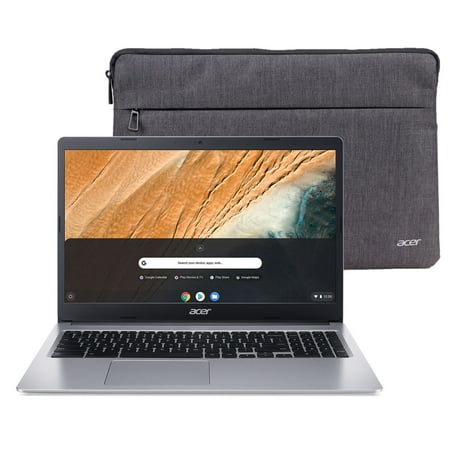Inspiron 16-inch 2-in-1 Laptop with Intel® Core™ processor | Dell USA
Dell 16 Inch 2-in-1 Inspiron Laptop, features a stunning optional 4K UHD+ OLED display & 12th Gen Intel Core processors with optional NVIDIA discrete graphics.
Bright and beautiful
Enjoy the rich detail of each pixel with 4K Ultra HD+ (3840 x 2400) resolution. Experience saturated color with a 1,000,000:1 contrast ratio while a 100% DCI-P3 color gamut makes images feel true-to-life.
As a VESA Certified DisplayHDR™ 500 True Black product, you’ll uncover new detail in movies and other visuals with astoundingly deep blacks and an extraordinary range of shades.*
Larger than life
Optimize eye comfort with DC dimming to reduce flicker and ComfortView Plus technology that reduces harmful blue light emissions without sacrificing true-to-life colors.*
Hear crystal clear audio no matter what mode you’re in with Waves MaxxAudio Pro and quad speakers that fire in both upward and downward directions. On configurations with an infrared camera*, your 2-in-1 not only recognizes your face to unlock your device, but also uses Waves Nx® with head tracking when in clamshell mode to deliver 3D surround sound.
A world of versatility
Get going instantly with a lid-open sensor that starts the laptop simply by opening it up, even if completely off or hibernating. Fingerprint reader will verify identity quickly for login using Windows Hello.
An optional active pen* offers you a natural and accurate writing experience with no pairing required.
A sleek 65W Type-C™ power adapter comes with your device.
Exceptional performance
Look and sound your best
Make sure you’re heard with built-in dual microphones and AI that reduces background noise.
Need to disconnect? Do so with peace of mind with a mechanical camera privacy shutter.
Environmentally conscious
On the Dark Green color, the seamless logo is etched onto your 2-in-1’s lid to create less waste.
Their latest. Our greatest.
An inspiring new look and feel makes for a calmer desktop. Snap assistant helps focus your workflow while desktops allow you to organize your open windows.
Call, chat, and make plans come to life with Teams on Windows 11* right from your PC regardless of what computer or phone or tablet they are on.*
Additional information
| Height (Front) | 0.63 in. (15.90 mm) |
|---|---|
| Height (Rear) | 0.72 in. (18.41 mm) |
| Width | 14.05 in. (356.78 mm) |
| Depth | 9.91 in. (251.88 mm) |
| Starting Weight | 5 lbs. (2.27kg) with FHD+ Panel |






by Ken
Brilliant screen, equally brilliant key board. Looks good and although heavy I will use in laptop format so not an issue.
by Stirling
I have used various laptops for work and home, and have always like the look and feel of a Dell laptops/notebooks, but never owned one, until now. I’m still impressed. Dell are top of my list for Windows computers for specification and price.
by Fonseca
Massive and elegant laptop that performs really good for my use case (software engineering). However, it seems that sometimes the GPU falls short for example in Zoom meetings. Sometimes things get a bit laggy on there which I find unexpected coming from this laptop.
by Steve
Really like the speed! The best part is the technical support, helping mw recover my data from D drive.
by Kim
Buying a new computer with the system transfer support makes it so easy. I have personally only owned Dell laptops
by Greyson
The 7620 is a great choice for a laptop. I’ve never had a problem out of a Dell. It’s fast , sleek and does everything I want it do without issue.